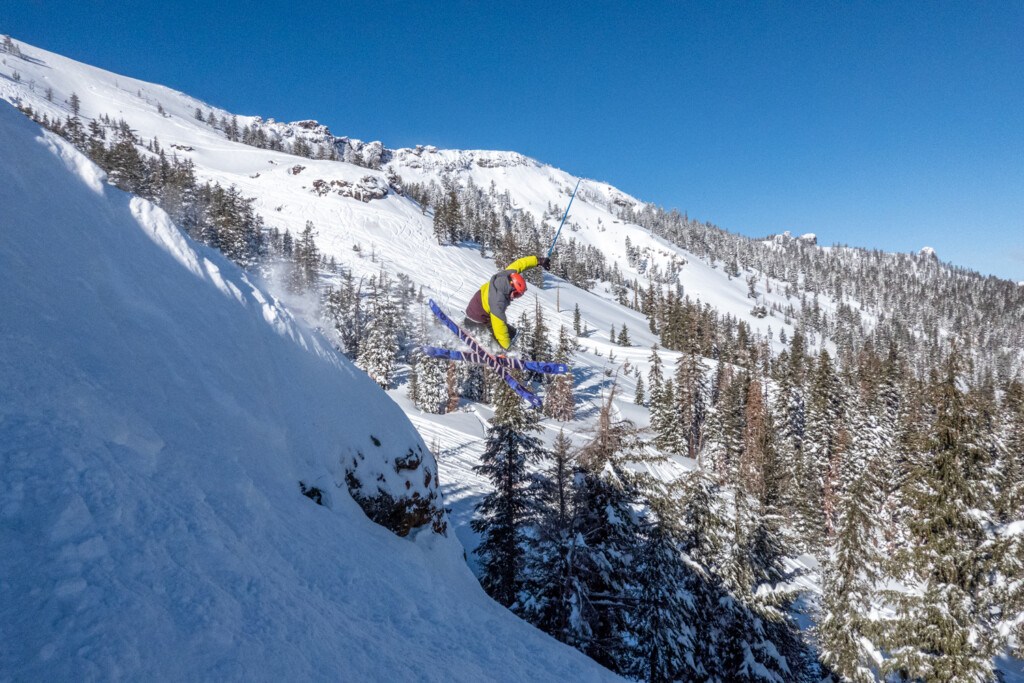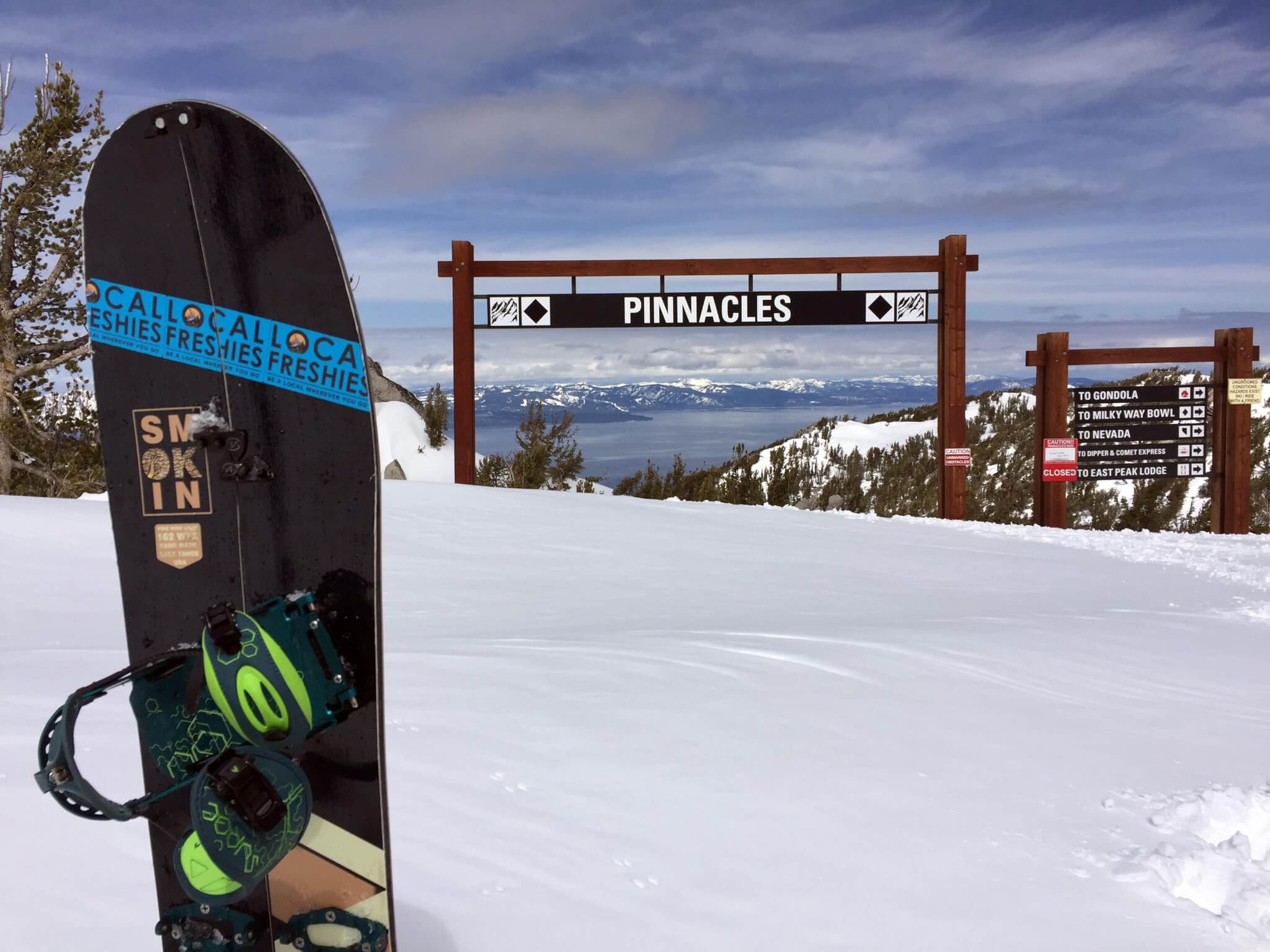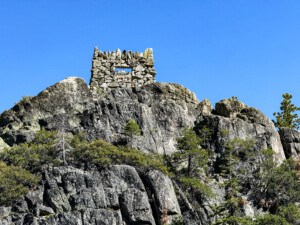If you haven’t noticed, Lake Tahoe is having a winter that’s one for the record books. Since the start in November, it seems like we haven’t stopped shoveling snow. We’re no longer living in cabins but giant snow cocoons. Old Man Winter set his bullseye on us and hasn’t stopped the parade of storms. The question that I keep getting asked over and over by friends, family members, and followers is the same one: “Is the 2022/23 Tahoe snow season as of now one of the best ever in Lake Tahoe’s history?”
Not A “Normal” Winter By Any Means
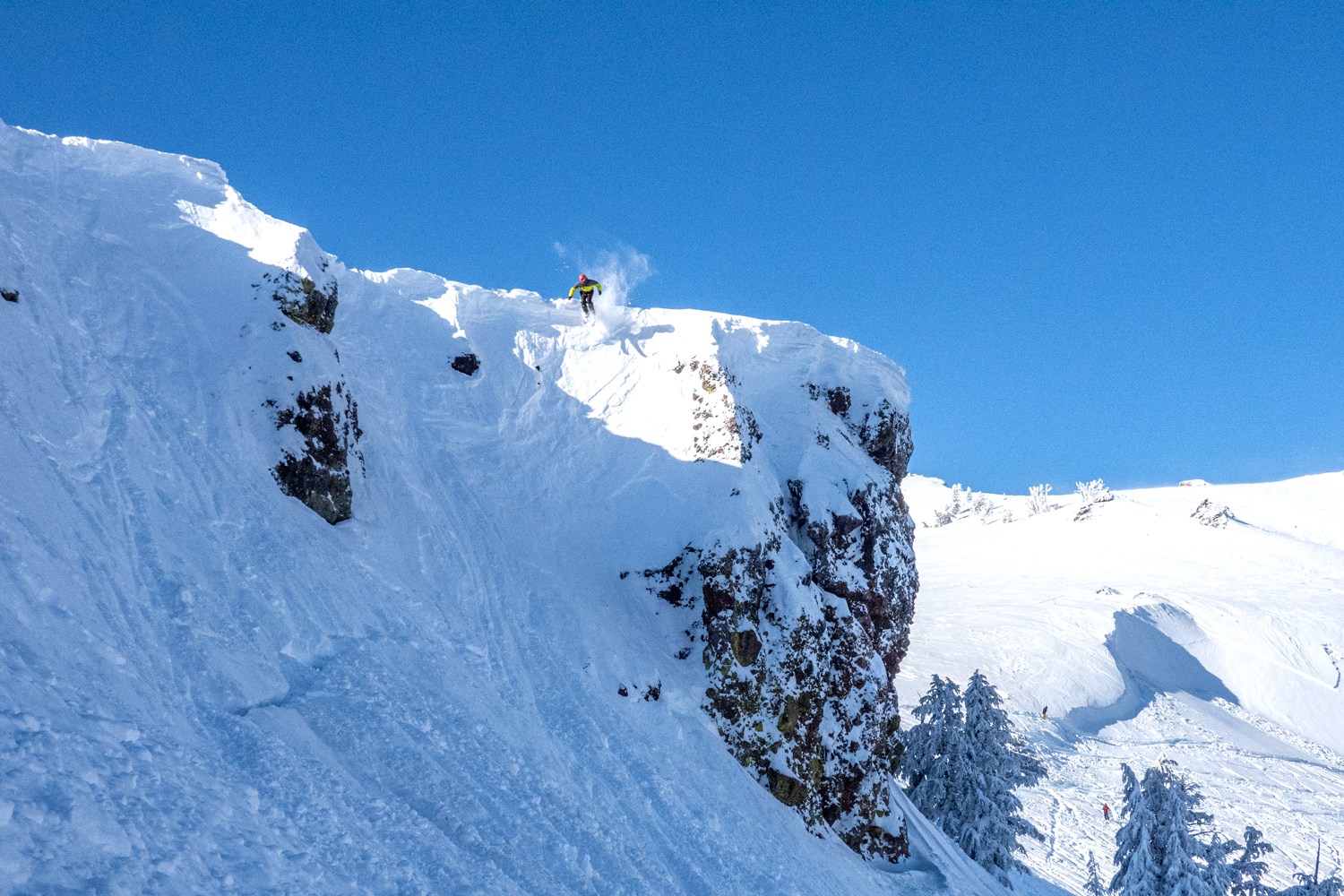
Tahoe’s winters are notoriously unpredictable. Each season is VASTLY different. Even so, there are some “normal” traits each water year has regardless of if it’s a drought winter such as 2019/20 ski season or a blockbuster one. For starters, Lake Tahoe’s winter climate is normally personified as a “feast or famine” storm cycle. Storms come in FEET and then you get a week-long (or more) break in between them. Secondly, there’s usually a 4-6 week pause in the action mid-winter nicknamed “Juneuary.” The sun comes out and temperatures can soar into the 40s and possibly 50s. This is normally followed by a “Miracle March” filled with storms. Just when I thought I understand Lake Tahoe’s weather pattern, it throws a curve ball like this season.
How This Season Compares To The Best Winters

As we wait for the March numbers to come in, let’s see how this season is stacking up as of March 1st. Well, it’s pretty neck and neck compared to the other mega winters of the 2010’s. One glaring difference for 2022/23 is that it hasn’t had a mid-winter pause between storms. They’ve just continued coming one after another.
How The Snow Arrived
While analytics give us a basic idea of how the winter is stacking up, we need to look at HOW the snow came for each winter. Did the storms come in warm… i.e. a “Pineapple Express” or cold via an Alaskan Low? Did the season give us a bounty in two months or across the ENTIRE season? Let’s take a look at each of these winters separately using Palisades Tahoe @ 8,000’ as the example.

2010 / 11 Season
This season was legendary and rightly so – more than 783 inches fell at Palisades Tahoe @ 8,000’. The winter kicked off in early November with a foot of fresh. This was then followed by a 4-day storm that provided 5-10 FEET mid-month and another foot over Thanksgiving weekend, all colder storms than normal. Early December had a few storms with rain as high as 9,000 feet. Luckily, the 3rd week of December storm dropped 5-7 feet of snow over Lake Tahoe. Juneuary hit and less than a foot of snow in the Sierra fell from January 3-29. After a quick refresh of a foot of snow at the end of January, the first half of February became dry again. Then Old Man Winter returned – more than 5-7 feet fell before and during President’s weekend and another 3-4 feet at the end of the month.
What Happened After March 1st
In the first half of March, it snowed up to 5 feet in Tahoe unfortunately with some rain mixing below 8,000 feet. During the second half of March, the Sierra was hammered yet again with 10-15 feet of snow. What really pushed the season to an “11” (pun intended) was that April provided 2-3 feet followed by an unseasonably cool May with another 3+ feet.
2016 / 17 Season
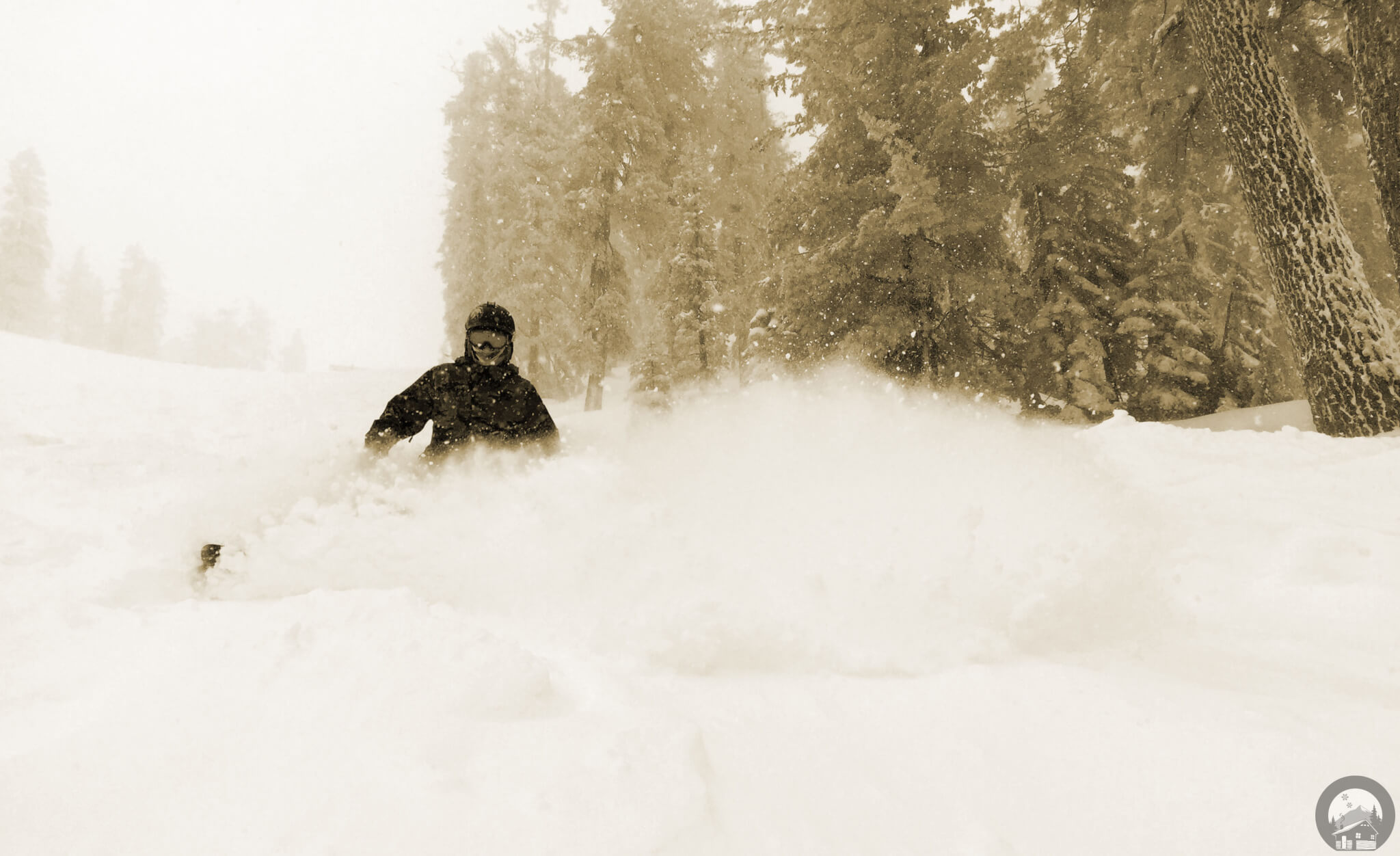
You could sum up 2016/17 in one sentence – a season of Atmospheric Rivers. In fact, 2016-17 set multiple records including the wettest water year on record. High altitude base mountains such as Mt. Rose set their snowiest winter on record at a whopping 768”. Even so, it was still nowhere near the snowiest due to how warm a majority of the storms were.
The first storm came in mid-October but snow levels were at 9,000 feet. In the second half of November, another 2-4 feet fell mostly north and west of Tahoe. This was then followed by two more storms in the first half of December that dumped 4-6 feet on high base mountains such as Kirkwood and Mt Rose but was rain below 8,000 feet. Then the first half of January was a series of atmospheric rivers hammering Tahoe with a yo-yo’ing snow line. It snowed 4-7 feet but over the weekend of January 7th, the rain/snow line rose to 10,000 feet. Luckily it lowered again, and another 6-10 feet came over a four-day period. Then Januburied finished with yet another 7-9 feet. It was during this time that we had one of the DEEPEST days at Heavenly ever. After the month was over, it resulted as one of the SNOWIEST snowfall months ever. The week of storms ending February 10th included a day of rain to 9,000 feet but also snowed 5-8 feet. Second half of February provided another 6-8 feet of fresh.
What Happened After March 1st
During the first week of March, Tahoe ski areas on average got another three feet. This was then followed by two weeks of VERY warm weather and spring-like conditions. Some small storms totaled about two feet of snow in late March. The season finished off with a set of storms in April providing another four feet of snow to finish off the season.
2022/23 Season
This season started fast with over 2+ feet falling in early November then a break until December. Then two major storms dumped 6-8 feet providing the deepest snowpack for mid-December since 2004. Two storms during Christmas week provided a smorgasbord of precipitation types. Lots of rain at low elevations, three feet mid-mountain and up to six feet above 9,000 feet. January did the classic yo-yo of atmospheric rivers. Multiple feet above 8,000 feet and some rain lower down. This was then followed by 6-9 more feet during the second week of January. The Sierra storms finished mid-January and picked up again in February. All of these in February were COLD storms with some having snow levels as far down as 1,000 feet.
2022/23 Trending Towards Record Setting But Not Yet

February played host to some of the best cold snow we’ve ever skied in Tahoe. As of this moment, the parade of storms is still on track to hit Tahoe. And while it has snowed a lot, we need a TON more in March, April, AND May to beat out the other two big winters we talked about. Will it happen? Who knows, but it’s definitely a winter that will go down as legendary.





